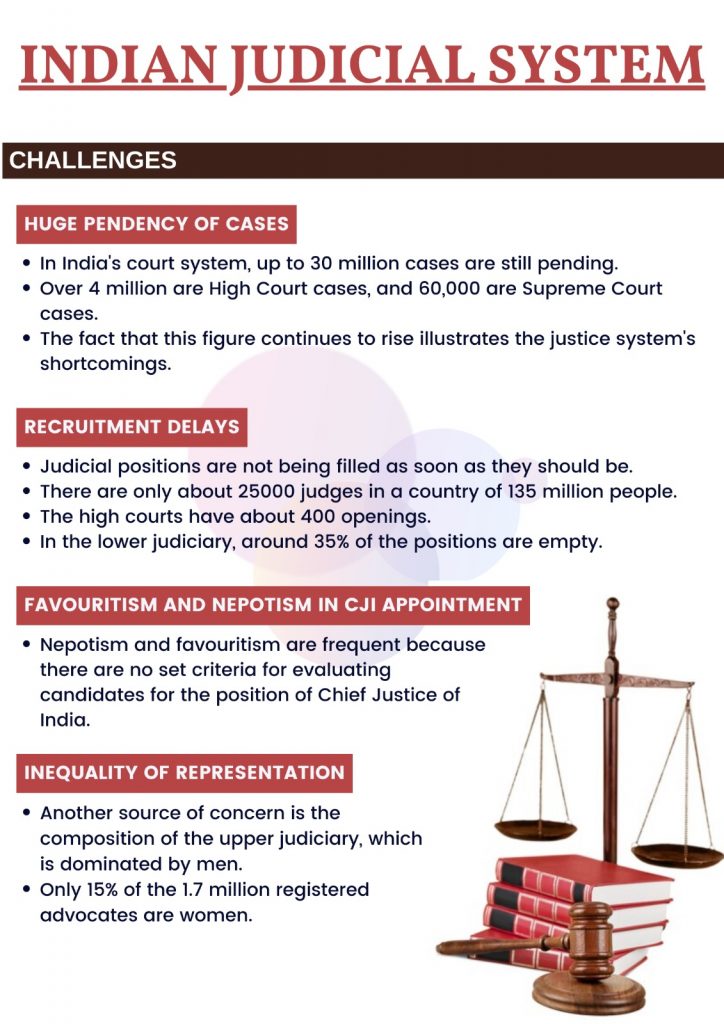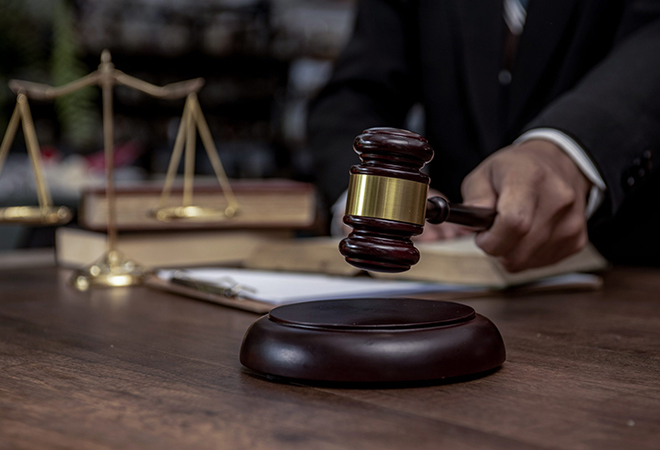News Highlight
The judges must resort to head counting to resolve disagreements amongst themselves: Judicial Majoritarianism.
Key Takeaway
- As the Supreme Court’s recent majority decision on demonetisation has been criticised.
- J. Nagarathna’s minority decision is being lauded for challenging the RBI’s institutional subordination to the Central government.
Judicial Majoritarianism
- About
- Firstly, numerical majorities are significant in cases involving significant interpretations of constitutional requirements.
- The requirement for a majority consensus stems from Article 145(5) of the Constitution.
- In addition, it provides that a decision can only be issued if a majority concurs.
- It also allows judges to issue dissenting judgements or opinions freely.
- In major cases, Constitutional Benches of five or more judges are established under Article 145(3) of the Constitution.
- Furthermore, such benches typically have five, seven, nine, eleven, or even thirteen judges.
Reasons for experts resort to “majority”
- Defiance of merit
- Firstly, a worthy minority judgement, regardless of the soundness of its reasoning, is given minimal weight in terms of its outcomes.
- Complex situations
- Secondly, all judges on a Bench rule on the same facts, laws, arguments, and written submissions.
- Nature of bias
- Finally, Judicial hunches might result from subjective experiences, perspectives, views, prejudices, and biases.
Indian Judiciary
- About
- Firstly, the judiciary is the branch of government responsible for interpreting the law, resolving disputes, and providing justice to all citizens.
- The judiciary is seen as the watchdog of democracy and the keeper of the Constitution.
- Additionally, India has one unified judicial system.
- The Indian judiciary is organised like a pyramid, with the Supreme Court (SC) at the top.
- The Supreme Court is the highest court, followed by the district and lower courts.
- Furthermore, the lesser courts operate directly under the supervision of the higher courts.
Functions of Indian Judiciary
- Administration of justice
- The judiciary’s primary job is to apply the law to specific instances or to settle disputes.
- Subsequently, when a dispute is brought before the courts, the evidence given by the participants is used to “determine the facts” involved.
- Creation of judge-case law
- In many circumstances, judges are unable or unwilling to determine the appropriate law for application.
- In such instances, the judges decide what suitable legislation is based on their wisdom and common sense.
- Guardian of the Constitution
- The Supreme Court, India’s highest court, serves as the Constitution’s custodian.
- In addition, the court resolves questions of jurisdiction between the central government and the state governments and between the legislature and the administration.
- Protector of Fundamental Rights
- The judiciary ensures that the state or any other body does not violate the rights of the people.
- Furthermore, writs are issued by superior courts to enforce Fundamental Rights.
- Advisory functions
- Firstly, the Supreme Court also serves as an advisory body in India.
- In addition, it has the authority to issue advisory opinions on constitutional issues.
- This is done when there are no disputes and when the executive chooses.
- Conducting judicial enquiries
- Typically, judges are appointed to lead commissions that investigate cases of errors or omissions by public workers.

Way Forward
- Doing away with headcounts
- Firstly, it may be considered only after identifying and challenging the premises and rationales that underpin head-counting in judicial decision-making.
- Cases to expert benches
- Secondly, as exceptional Constitutional Bench cases are scheduled for hearing, decisions are reserved.
- Furthermore, we can consider the judicial majoritarianism arguments used to decide these instances.
Pic Courtesy: ORF
Content Source: The Hindu



